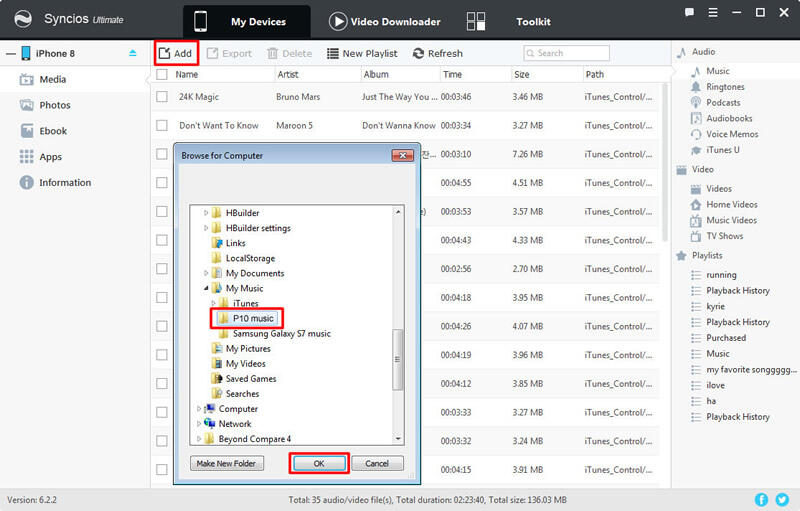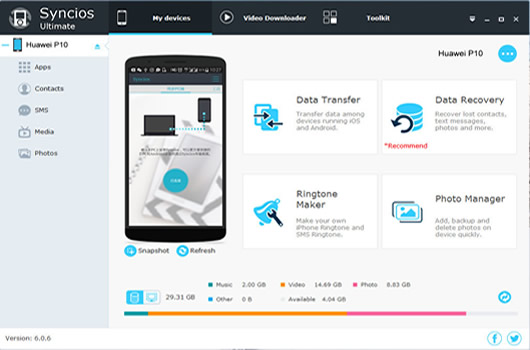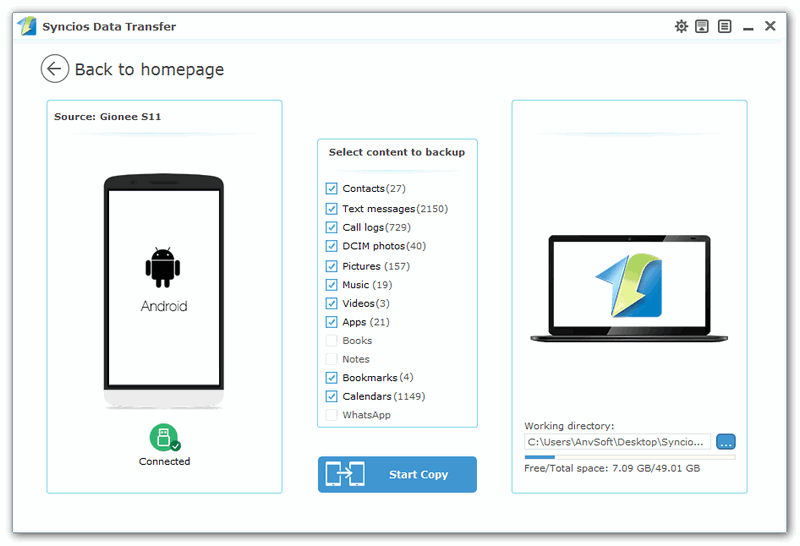

- #SYNCIOS DATA TRANSFER DEVICE DETECTION TIME FULL#
- #SYNCIOS DATA TRANSFER DEVICE DETECTION TIME CODE#
- #SYNCIOS DATA TRANSFER DEVICE DETECTION TIME ZIP#
#SYNCIOS DATA TRANSFER DEVICE DETECTION TIME ZIP#
This is different from most apps, which more commonly use “flat” file formats - a single text or XML file, or a zip package.
#SYNCIOS DATA TRANSFER DEVICE DETECTION TIME FULL#
A boring technical explanation follows.Įvery Scrivener project is really a folder full of files and subfolders. That's not the main reason, however: as much as we love iCloud, current limitations in and difficulties with iCloud mean that it is not at present best suited for the sort of complex, package-based file format used by Scrivener. Part of the reason for this is that we have both Mac and Windows users, and iCloud is still much more associated with the Mac. Sadly, Scrivener 1.0 for iOS will not support iCloud syncing. Let’s address that elephant-shaped cloud in the room, though: iCloud. We’ve had great feedback from beta-testers on this system, and it seems to be working brilliantly. If you don’t have a Dropbox account, you can transfer projects between your desktop and iOS device by copying them back and forth via iTunes. Note that you don’t need to sync your projects with Dropbox.
#SYNCIOS DATA TRANSFER DEVICE DETECTION TIME CODE#
Which makes the thousands of lines of code that went into this sound easy! After you sync, the changes will be detected and incorporated into the project. You are free to leave the project open on your Mac or Windows machine while you use and edit it on iOS.(So you do not need to be online to work with your Dropbox projects.) Any time you want to sync, you just hit the sync button anywhere it appears in the app, and Scrivener will upload all local changes to Dropbox and download all changes from Dropbox.Once you’re set up, any time you create a project in the iOS version, it will ask you whether you want the project stored on Dropbox or only locally.(Just be aware that everything in the folder you select will be synced with your device, so it should be a folder you use to store only Scrivener projects.) Like most apps that sync with Dropbox, the default folder used for this is Dropbox/Apps/Scrivener, but you can choose any folder in Dropbox that you wish. Scrivener will download and sync any files you have placed into this folder on your Mac or Windows machine, and it will upload any files you create in the iOS version.


Scrivener for iOS syncs with the Mac and Windows versions using Dropbox. In my first post about our iOS version, I thought I’d get some important nuts and bolts out of the way: syncing.


 0 kommentar(er)
0 kommentar(er)
